Face recognition technology is a form of artificial intelligence that enables a computer system to identify a face in a digital image or video. The facial recognition algorithm bases recognition on facial features such as structure, skin color, and gestures.
The recognition accuracy of facial recognition technologies varies based on several factors, including the type of face recognition algorithm used, facial expression or pose of the face.
Facial hair or clothing by which the person recognize. Lighting conditions in which the recognition is taking place, and proximity of the camera to the face. In recent years, facial recognition technologies extensively use by organizations for fraud detection and protection systems.
This technology also explore as a security tool to reduce identity theft risks. With its growing adoption comes a plethora of privacy considerations you need to consider while using it.
Before you decide whether to use facial recognition technologies in your organization, you should understand how they work and their risks. We’ll discuss facial recognition online & in public, some tips to avoid recognition, and ways to protect your privacy.
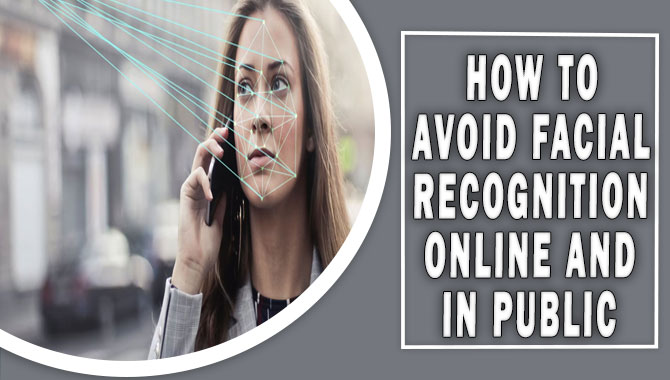
What Is Facial Recognition?
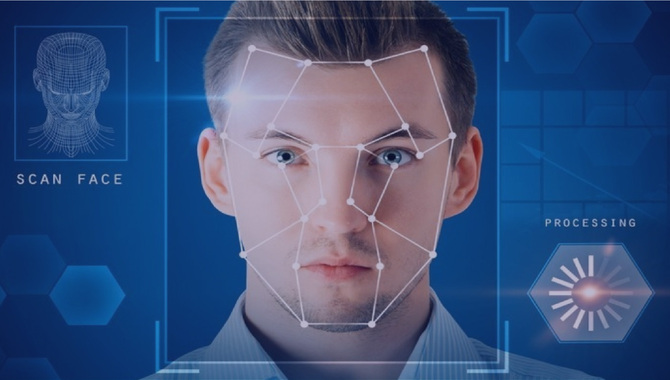
Facial recognition is the process of automatically recognizing a person’s face. It uses in various applications, including security, identification, and biometric data recognition.
Facial recognition technology can divide into two main categories: direct and indirect. Direct facial recognition technology involves using cameras to capture and store images of people’s faces. Indirect facial recognition technology uses other data sources to identify people, such as their voice or handwriting.
How Does Facial Recognition Work?
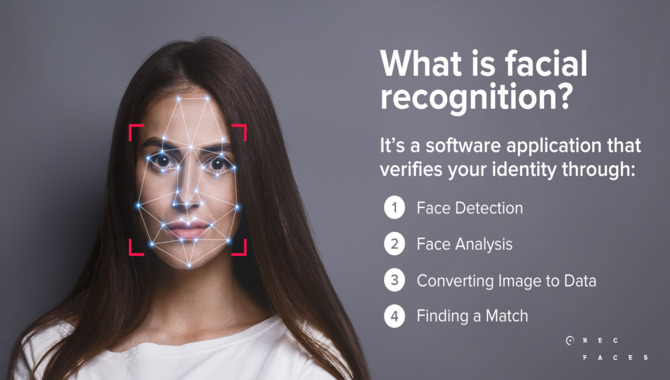
Facial recognition is a process by which computers can identify people based on their facial features. This technology uses in various applications, including security cameras, border control, and online shopping.
There are several different ways that facial recognition software works. The most common approach involves comparing the faces in a photo or video to a database of faces. If you ask to show your ID at an airport or somewhere where you need to show your face, this is how it does.
Another common way that facial recognition technology use is as part of an automated system for recognizing individuals in photos or videos. This type of system can fine in museums and libraries, for example, where visitors can scan famous people’s faces while looking at exhibits.
Finally, facial recognition technology can also identify someone who identifiey in a photo or video. This usually does when law enforcement needs to track down someone who spotte elsewhere in the photo or video (for example, if they suspect committing a crime).
4 Ways To Avoid Facial Recognition Online & In Public
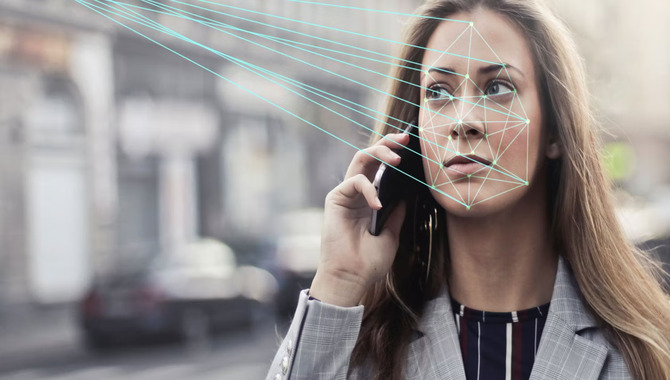
Though facial recognition technology growing in popularity, there ways that you can avoid it from use against you. Here are four tips:
- Use a VPN when online. VPNs protect your privacy by routing your traffic through an undisclosed server. This way, the website or service can’t see what websites you’re visiting, and they won’t be able to use facial recognition technology to identify you.
- Disable automatic log in features on websites. When you log in to a website, many will automatically activate your account and allow the site to capture your face. You can disable this feature so that the site requires you to input your username and password each time you visit.
- Use Tor for anonymity online. Tor is a network that helps protect your anonymity by encrypting all your traffic and bouncing it through a network of nodes worldwide. This makes it difficult for anyone monitoring your internet activity to track back to you.
- Stay aware of how data is collected & used. Keep a close eye on how data collect and use caution when giving away personal information online. If you don’t want your face scanned or recorded, keep your facial recognition settings switched off on social media or other websites.
Potential Risks Of Using Facial Recognition Technology
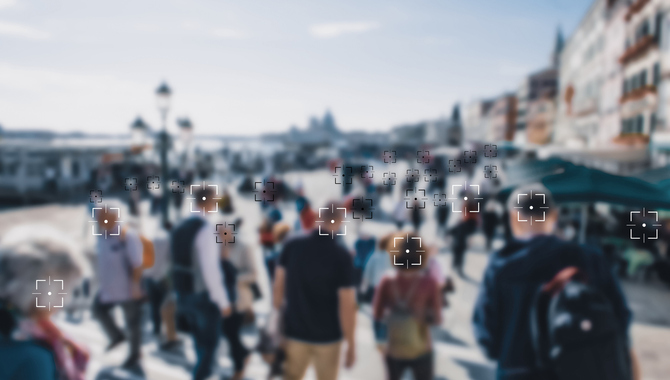
Facial recognition technology can have several potential risks, including privacy and security. Privacy risks include using facial recognition technology to identify individuals who are not supposed to identify.
This could lead to problems such as identity theft or harassment. In addition, it could also use facial recognition technology for illegal activities such as surveillance or tracking.
Security risks include the possibility that the data collected using facial recognition technology could stolen or manipulate. This could lead to unauthorized access to personal information or even identity theft. Additionally, facial recognition technology may create fake profiles or fraudulent transactions.
There also ethical concerns associate with the use of facial recognition technology. Some people believe it is unfair and invasive to use this technology on innocent people without their consent. Others argue that it is unethical for companies not to use facial recognition technology to protect user data and privacy rights.
How To Protect Yourself From Facial Recognition?
One of the most common ways facial recognition uses is to identify people in photos and videos. This technology can use for various purposes, like verifying identities or monitoring activities. To protect yourself from this kind of surveillance, there are a few things you can do:
- Always use a secure password when logging into any online account.
- Keep your computer and phone’s security software up to date.
- Use a privacy filter on your browser to reduce the amount of data collected about you.
- Avoid looking directly at camera lenses, as this could record and use in future facial recognition scans.
How Can Personal Data Be Collected Through Facial Recognition?
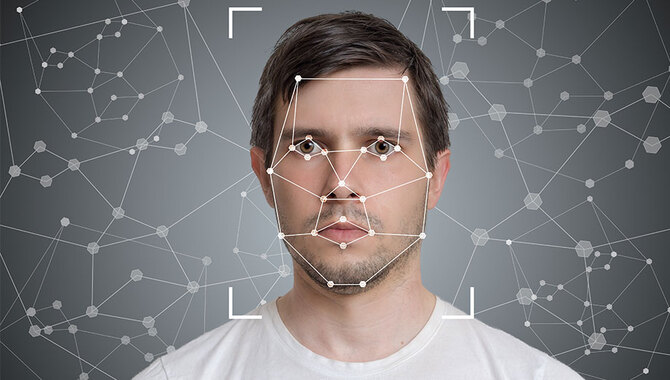
Facial recognition is a technology that allows computers to identify people by their faces. It works by scanning the face and comparing it to a database of faces.
Some facial recognition applications include security cameras, photo identification systems, and digital billboards. In these applications, the computer can identify people present in the camera or on the screen and then use that information to perform some task or service.
We can also use facial recognition for marketing purposes. For example, it could use to track individual customers’ behavior in a store or online. This data could then target them with ads later in life.
Though facial recognition has many benefits, some risks also associate with it. One risk is that it could use to violate an individual’s privacy rights. Another is that bad actors could manipulate it for nefarious purposes. Therefore, you must know about facial recognition’s benefits and risks before making any decisions .ways to Avoid Facial Recognition Online and in Public into any online account.
Conclusion
There is no doubt that facial recognition technology has become a widespread and frequently used tool in today’s society. Facial recognition is becoming an increasingly common feature whether you’re using it to unlock your phone or log into your online account.
However, with this technology comes the risk of being recognized and persecuted by the authorities. We’ve explored some ways to avoid being identified by facial recognition technology.
Following these tips can keep you safe and protected from potential harassment. If you found this helpful, please consider sharing it on social media to help others stay safe and protected from facial recognition technology.
Frequently Asked Questions:
1.What Are The Different Types Of Facial Recognition Software, And How Do They Work?
Ans: There are several different types of facial recognition software, and each has its strengths and weaknesses. The primary purpose of facial recognition software is to identify people for surveillance or identification purposes.
May use some facial recognition software in several public settings, such as airports, shopping malls, and stadiums. To reduce the chances of being identified, use common sense measures, such as not looking directly at the camera, avoiding full facial exposure, and wearing a veil if necessary.
2.Can Facial Recognition Systems Be Fooled Or Defeated?
Ans: Facial recognition systems can fool or defeat. Several ways to reduce the chances of being recognized by a facial recognition system include:
- Wearing a disguise.
- Not looking at the camera directly.
- Avoiding public places where cameras are likely to be installed.
3.How Can I Protect My Privacy When Using The Internet?
Ans: When using the internet, it is important to protect your privacy. To do this, use a VPN when browsing the internet, use a browser that does not store personal data, and use a password manager to keep your passwords secure. Additionally, avoid facial recognition software when out in public.
4.What Are The Potential Risks Associated With Using Facial Recognition Technology?
Ans: There are several risks associated with facial recognition technology. These risks can include the potential for identity theft, unauthorized access to your personal information, and harassment. It is important to be aware of these risks and take steps to mitigate them. Some simple precautions to protect yourself include:
- Not sharing your personal information online.
- Using a pseudonym when possible.
- Avoiding public places where facial recognition technology uses.
5.How Can I Protect Myself From Facial Recognition Online And In Public?
Ans: There are a few simple things that you can do to protect yourself from facial recognition online and in public. When browsing the internet, use a VPN. This will encrypt your internet traffic and make it difficult for people or companies to track or monitor your activity.
Also, create unique passwords for all of your online accounts. This will help to ensure that your personal information is not easily accessible by anyone.

Leave a Reply